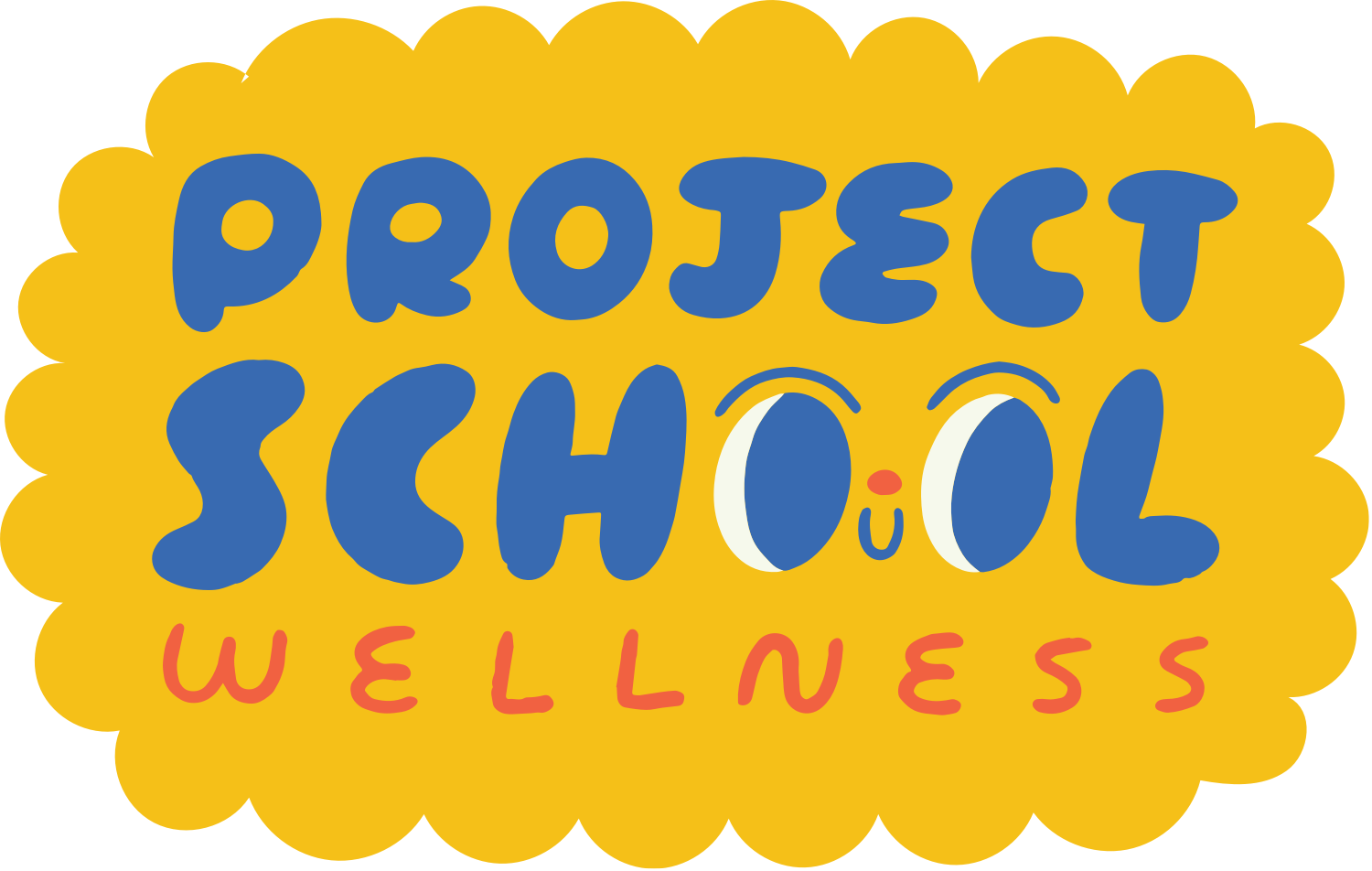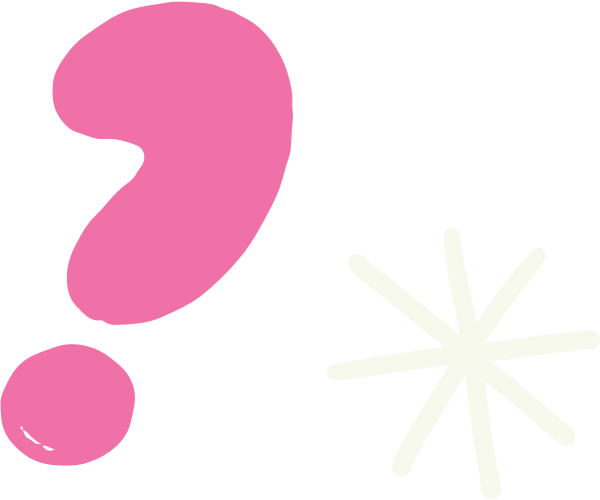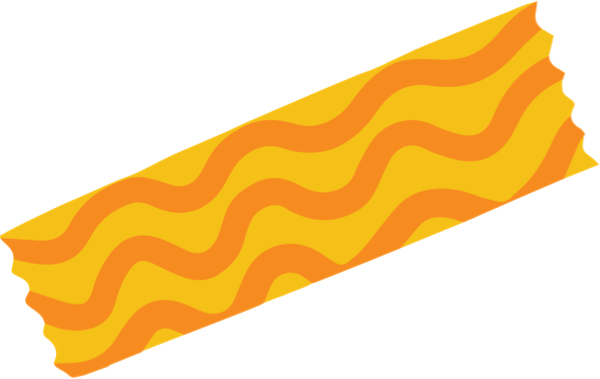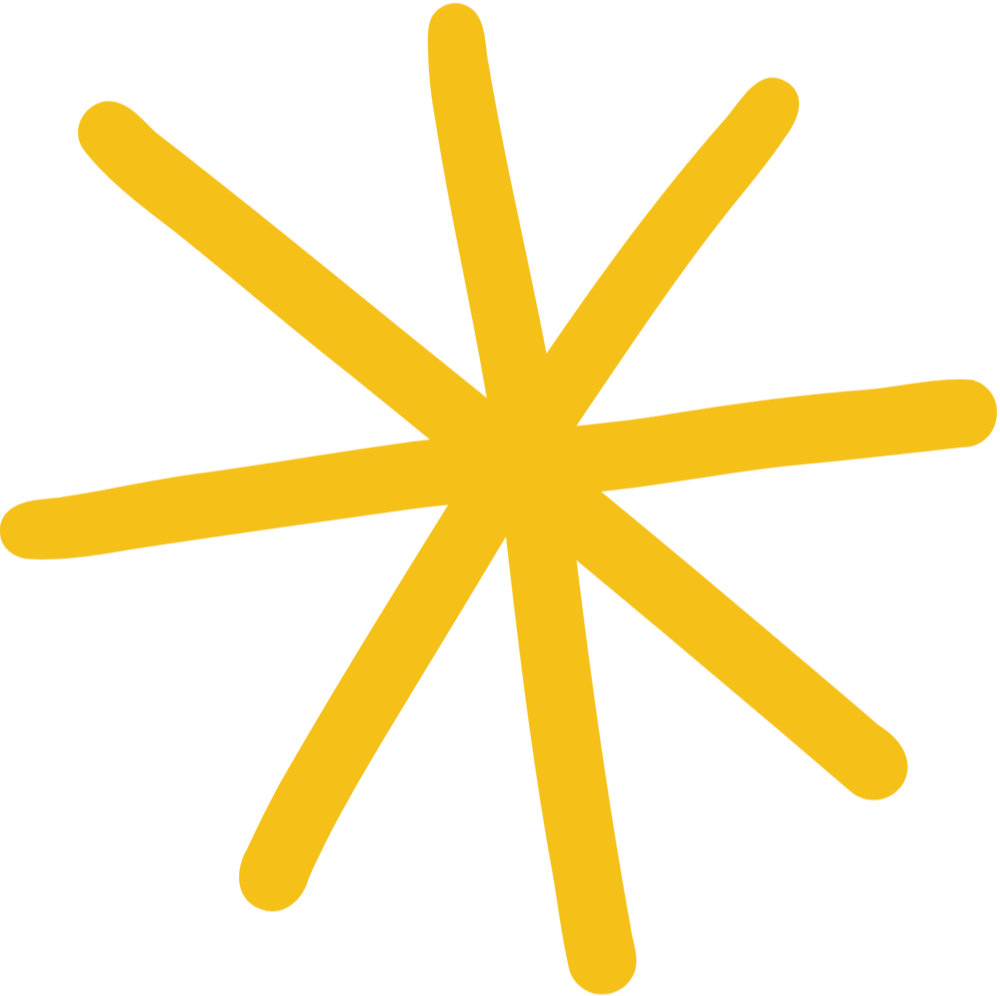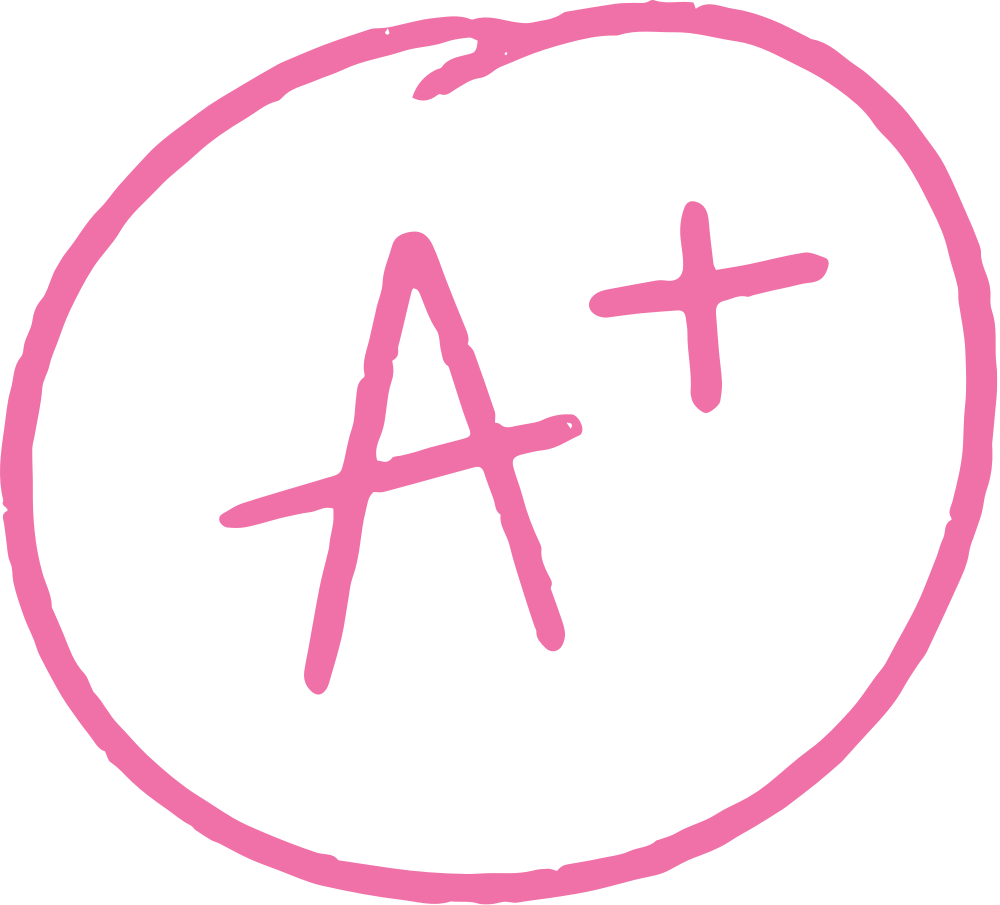
How to Teach the Dimensions of Health
Environmental Health
Environmental health is understanding that your surroundings influence your well-being and that your actions impact the world around you.
Quick Environmental Health Teaching Activities:
Start Here!
This page is your go-to guide for teaching environmental health through the lens of the SHAPE America National Health Education Standards. Health teachers will find grade-level teaching progressions and practical ways to connect environmental health with essential health skills like analyzing influences, self-management, and advocacy. We’ve also curated a collection of ready-to-use lesson plans, relevant videos, and trusted resources to support your skills-based health education curriculum.
Table of contents:
Grade-Level Specific Teaching Ideas →
SHAPE Health Standards and Skills →
An Introduction to Teaching Environmental Health
Let’s start with
The Basics
Also available: signature health guides for parents and students to support health learning at home and in class.
For Students → For Parents →
What is Environmental Health Education?
Environmental health education teaches students to recognize how their surroundings, from natural spaces to classrooms and communities, influence their overall well-being. It also empowers students to understand their role in protecting and improving the environment, emphasizing the two-way relationship between people and the world around them. When taught in alignment with the SHAPE America National Health Education Standards, this dimension of health equips students with the functional knowledge and skills to make intentional, health-enhancing choices that benefit both themselves and the planet.
Why Environmental Health Matters
EImpacts Your Overall Well-being
Your environment (the spaces you live, learn, and play in) directly impacts how you feel, think, and act.
Helps Students Make Environmentally Intentional Choices
It helps students build awareness of their surroundings so they can make more mindful, intentional choices.
Boosts Student Responsibility
It teaches responsibility by guiding students to develop habits that support and care for their environment.
K - 12 Environmental Health Education Teaching Progression
Grade-Specific Environmental Health Education Teaching Ideas
Explore K-12 grade-specific environmental health teaching ideas. Each guide provides health teachers with clear environmental health learning objectives, essential functional knowledge, engaging teaching activities, and meaningful assessments. You’ll find everything you need to deliver impactful, developmentally-appropriate environmental health education.
-
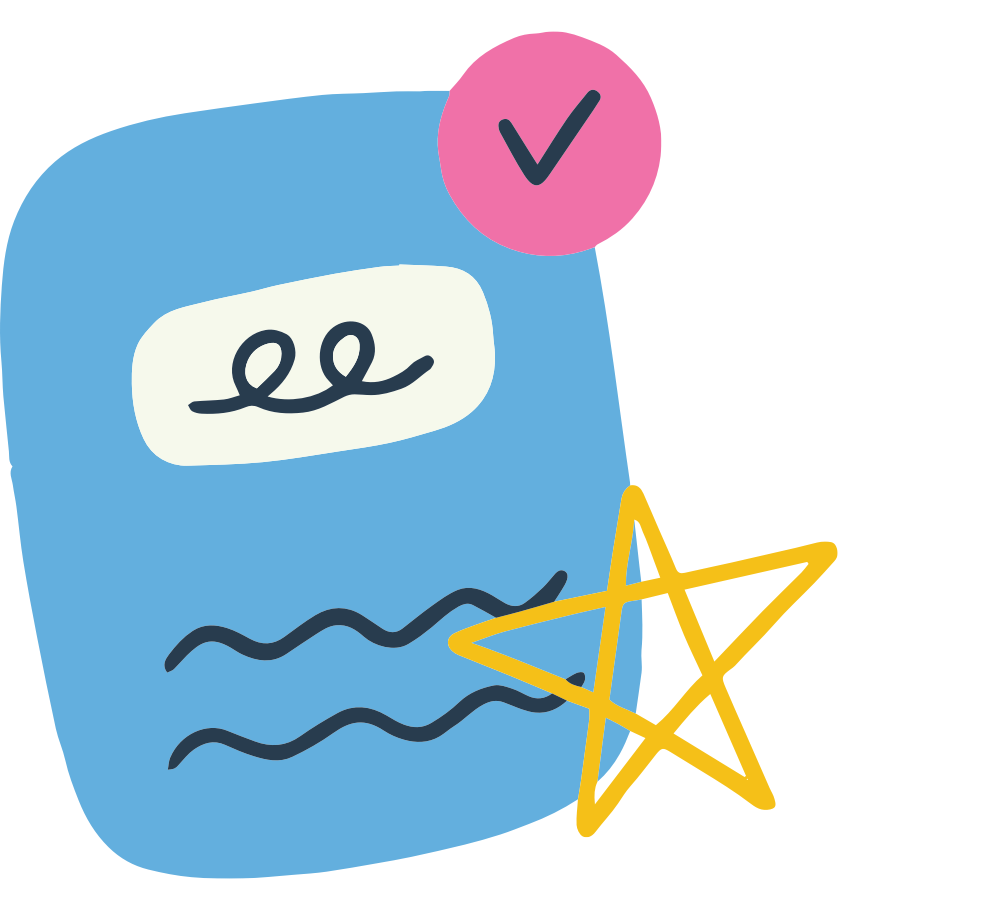
Learning Objectives
Learning objectives clearly define what students will know and be able to do as a result of each lesson. These objectives focus on developing functional health knowledge, building understanding related to the dimensions of health, and applying essential health skills to real-life situations. Every objective is designed to align with the SHAPE America National Health Education Standards, ensuring that instruction is comprehensive, skills-based, and promotes lifelong well-being.
The Goal: Students are introduced to the concept of environment by exploring the spaces they live, learn, and play in. They begin to understand how their surroundings affect how they feel, think, and act, and learn simple habits to care for these spaces.
✅ Explore the concept of “environment” by mapping key environments in their lives: earth, community, school, and home.
→ Related SHAPE America Health Standard: #1: Build and Apply Functional Knowledge
✅ Build awareness that their surroundings influence how they feel, think, and act.
→ Related SHAPE America Health Standard: #2: Analyzing Influences
✅ Identify basic habits that support a healthy environment (e.g., picking up trash, turning off lights, watering plants).
→ Related SHAPE America Health Standard: #7: Practice Health Enhancing Behaviors
→ Related SHAPE America Health Standard: #2 Analyzing Influences
-

Functional Knowledge
Functional knowledge refers to the essential health concepts students need to understand in order to build awareness of how environmental health shows up in their lives. This knowledge helps students make informed choices and lays the foundation for managing this aspect of their well-being with intention and confidence.
💡 What is an environment and what are the environments in my life?
Students understand that an environment is any space where people live, learn, and play, including the earth, their community, their school, and their home.💡 How does your environment influence how you feel, think, and act?
Students begin to recognize that their surroundings, like noise, colors, people, and organization, can affect their mood, focus, and behavior.
💡 What are simple habits that help take care of the environment?Students learn age-appropriate ways to support a healthy environment, such as picking up trash, turning off lights, watering plants, recycling, and caring for shared spaces.
-

Activities
Activities are health education learning engagements that help students explore, interact with, and build deeper understanding of the health topic. Each learning activity is designed to support a skills-based health approach and provide meaningful opportunities for students to explore the functional knowledge and practice the health skills.
🔎 Environment Mapping
Students draw or build a simple map showing the four key environments in their life: Earth, community, school, and home. For each environment, they include drawings or labels of important places, people, and objects.
→ Connects to: What is an environment and what are the environments in my life?
🔎 Feel-Think-Act Scavenger Hunt
Students go on a classroom or school-wide scavenger hunt. At each stop, they take note of how that space makes them feel, what they think about there, and how they usually act in that space (e.g., calm, playful, distracted).
→ Connects to: How does your environment influence how you feel, think, and act?
🔎 Healthy Habit Chain
Each student writes or draws one environmentally healthy habit on a strip of paper (e.g., turn off the faucet while brushing, recycle paper, pick up trash). Connect the strips into a class paper chain to represent collective action.
→ Connects to: What are simple habits that help take care of the environment?
-
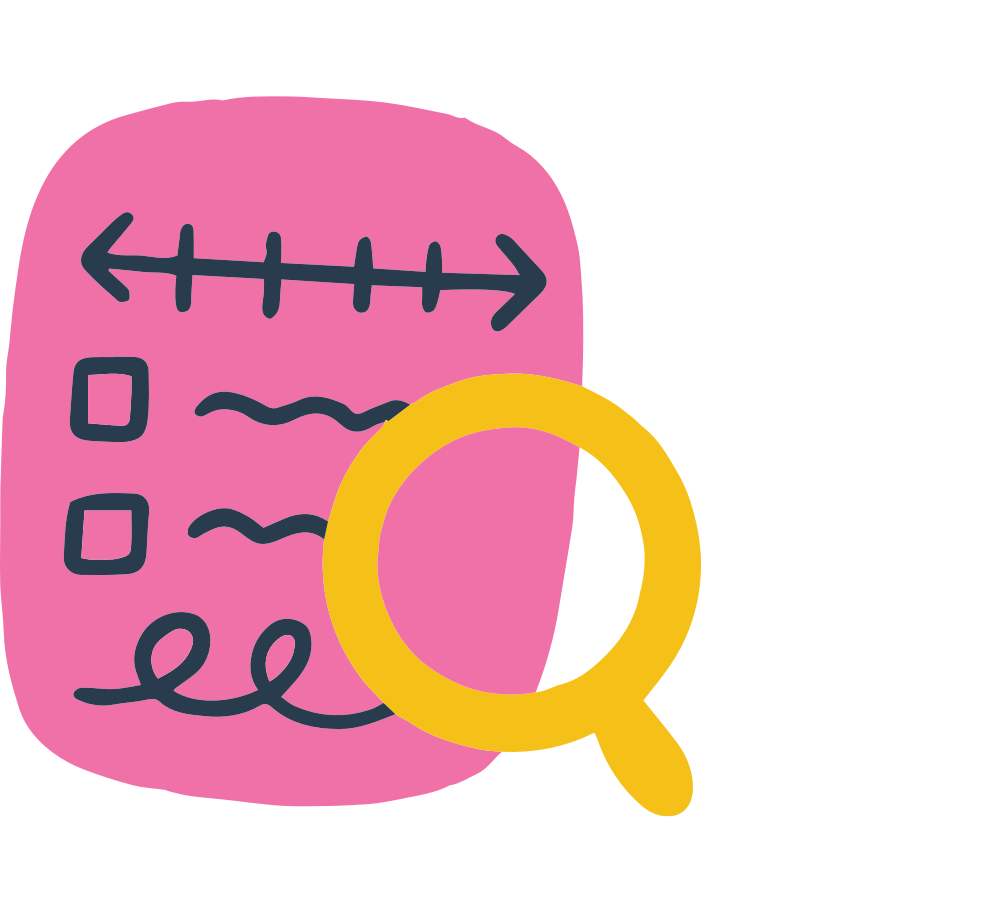
Assessments
These project-based learning assessments are designed to measure both what students understand and how well they can apply their functional health knowledge and health skills in meaningful, real-world ways. Each health assessment idea aligns with the SHAPE America National Health Education Standards and offers students a practical, hands-on learning experience. By actively using health skills to navigate realistic scenarios, students demonstrate their ability to think critically, make informed decisions, and take ownership of their well-being.
📚 Environment Storytelling
Students write or draw a short story that takes place in one of their everyday environments (home, school, community, or Earth). Their story should show how the space affects how a character feels, thinks, or acts.
→ Assesses: Understanding of various environments and how each influences behavior and emotions.
📚 Classroom Care Poster
Students design a colorful poster that encourages classmates to take care of a shared space (e.g., clean up supplies, use recycling bins, water plants).
→ Assesses: Awareness of healthy environmental habits and the ability to promote positive change.
📚 Environment Habit Report Card
Students complete a simple checklist or “report card” rating how well they practice environmental habits during the week (e.g., Did I turn off the lights? Did I recycle?). Include a reflection: What’s one thing I did well? What’s one thing I want to improve?
→ Assesses: Awareness of healthy environmental habits and the ability to promote positive change.
-

Learning Objectives
Learning objectives clearly define what students will know and be able to do as a result of each lesson. These objectives focus on developing functional health knowledge, building understanding related to the dimensions of health, and applying essential health skills to real-life situations. Every objective is designed to align with the SHAPE America National Health Education Standards, ensuring that instruction is comprehensive, skills-based, and promotes lifelong well-being.
The Goal: Students build personal awareness of the two-way relationship they have with their environment. They explore how their surroundings impact their well-being and begin practicing habits that support healthier spaces.
✅ Develop deep awareness of how surroundings influence how they feel, think, and act.
→ Related SHAPE America Health Standards: #1 Functional Knowledge and #2 Analyzing Influences
✅ Explore specific environmental factors (e.g., lighting, noise, clutter, screen time) and how they influence how they feel, think, and act.
→ Related SHAPE America Health Standards: #1 Functional Knowledge and #3 Analyzing Influences
✅ Recognize how their habits impact the environments they live in and practice small actions that support and protect those surroundings.
→ Related SHAPE America Health Standards: #6 Decision Making and #7 Practice Health Enhancing Behaviors
-

Functional Knowledge
Functional knowledge refers to the essential health concepts students need to understand in order to build awareness of how environmental health shows up in their lives. This knowledge helps students make informed choices and lays the foundation for managing this aspect of their well-being with intention and confidence.
💡 What does it mean for a space to influence how you feel, think, and act?
Students understand that their environments, including lighting, noise, layout, people, and even digital spaces, can affect their mood, focus, motivation, and behavior.
💡 What are the environmental factors that influence well-being?
Students explore specific environmental factors like air quality, temperature, noise, lighting, screen time, clutter, and social dynamics, learning how each can support or challenge their physical and mental health.
💡 How do my habits impact the environments I spend time in?
Students recognize that their daily actions, like organization, cleanliness, use of resources, and behavior in shared spaces, play a role in shaping healthy or unhealthy environments for themselves and others.
-

Activities
Activities are health education learning engagements that help students explore, interact with, and build deeper understanding of the health topic. Each learning activity is designed to support a skills-based health approach and provide meaningful opportunities for students to explore the functional knowledge and practice the health skills.
🔎 Feel-Think-Act School Scan
Students complete a guided walk-through of the school and document how different spaces impact their emotions, thoughts, and behaviors but with deeper reflection than in elementary. They assess why those effects occur and connect them to environmental elements (e.g., "This hallway feels chaotic because it's crowded and loud").
→ Connects to: Builds on elementary scavenger hunt by introducing analysis and reflection.
🔎 Environmental Factor Exploration: Cause + Effect Web
Students research and visually map how specific environmental factors (lighting, noise, temperature, clutter, screen time, etc.) influence mental focus, emotional regulation, and physical well-being. They connect each factor to real-world examples from their own lives and reflect on how these elements show up in home, school, and digital spaces.
→ Connects to: Moves beyond identifying to analyzing environmental influences with real-life connections.
🔎 Eco-Habit Tracker
To build personal awareness, students track their daily habits that impact the environment for one week (e.g., waste, water use, energy, transportation, screen time). They reflect on what changes they could make to better support environmental and personal health.
→ Connects to: This activity builds personal awareness and encourages self-reflection without pressure or grading, making it a gentle intro to environmental responsibility.
-

Assessments
These project-based learning assessments are designed to measure both what students understand and how well they can apply their functional health knowledge and health skills in meaningful, real-world ways. Each health assessment idea aligns with the SHAPE America National Health Education Standards and offers students a practical, hands-on learning experience. By actively using health skills to navigate realistic scenarios, students demonstrate their ability to think critically, make informed decisions, and take ownership of their well-being.
📚 "My Surroundings, My Self" Reflection Poster
Students create a poster or digital slide showing how their core environments influence how they feel, think, and act.
→ Assesses awareness of surroundings and their impact (SHAPE Standards #1 and #2)
📚 Environmental Factor News Report
Students select one environmental factor (e.g., clutter, screen time, noise) and create a news report explaining its impact.
→ Assesses understanding and analysis of environmental factors (Standards #1 and #2)
📚 Environmental Health Report Card
Students create a personalized Environmental Health Report Card to track daily habits, reflect on how their environment influences their well-being, and build health-supportive routines.
→ Assesses application of health-enhancing behavior (SHAPE Standard #7)
-

Learning Objectives
Learning objectives clearly define what students will know and be able to do as a result of each lesson. These objectives focus on developing functional health knowledge, building understanding related to the dimensions of health, and applying essential health skills to real-life situations. Every objective is designed to align with the SHAPE America National Health Education Standards, ensuring that instruction is comprehensive, skills-based, and promotes lifelong well-being.
The Goal: Students examine how environmental health issues affect their communities and take informed action. Through advocacy, they apply their skills and knowledge to create meaningful change in their local environments.
✅Students will understand how environmental health is interconnected with personal and community well-being.
→ Related SHAPE America Health Standard # 2: Analyzing Influences and Standard #5: Decision-Making
✅ Students will identify environmental issues and sources of environmental harm in their school or local community.
→ Related SHAPE America Health Standard #1: Functional Knowledge and Standard #2: Analyzing Influences
✅ Students will engage as informed citizens who care about their environments by using advocacy skills to design and implement a campaign or project that promotes environmental health.
→ Related SHAPE America Health Standard # 8: Advocacy
-

Functional Knowledge
Functional knowledge refers to the essential health concepts students need to understand in order to build awareness of how environmental health shows up in their lives. This knowledge helps students make informed choices and lays the foundation for managing this aspect of their well-being with intention and confidence.
💡 Identify and examine your spaces.
Students should explore and reflect on the environments they’re part of, school, home, work, online, nature, and how those spaces impact their well-being.
💡 Understand key environmental health issues that impact individual and community well-being.
Students explore current environmental health issues (e.g., pollution, climate change, food access, environmental racism) to build the background knowledge needed to make informed decisions and engage in meaningful advocacy.
💡 Know what it means to advocate.
Advocacy means noticing something that needs to change and using your voice or actions to create that change.
-

Activities
Activities are health education learning engagements that help students explore, interact with, and build deeper understanding of the health topic. Each learning activity is designed to support a skills-based health approach and provide meaningful opportunities for students to explore the functional knowledge and practice the health skills.
🔎 Environmental Photo Scrapbook
Students complete a scavenger hunt by taking or drawing photos of places that evoke specific feelings or behaviors (e.g., a place that helps you focus, a place that makes you anxious, a spot that feels peaceful). They reflect on what these images reveal about the influence of their environment.
→ Connects to: Builds foundational awareness of environmental impact on well-being
🔎 Advocacy Exploration
Students research the work of environmental advocates (past or present) to explore different forms of advocacy. Then they reflect on which issues matter to them and brainstorm ways they could use their voice or actions to make an impact.
→ Connects to: Builds understanding of advocacy in real-world contexts
🔎 Human Impact Audit
Students investigate how human actions are helping or harming local and global environments. They analyze behaviors and systems that influence environmental health and discuss what needs to be protected or changed.
→ Connects to: Deepens functional knowledge and critical thinking around environmental harm
-

Assessments
These project-based learning assessments are designed to measure both what students understand and how well they can apply their functional health knowledge and health skills in meaningful, real-world ways. Each health assessment idea aligns with the SHAPE America National Health Education Standards and offers students a practical, hands-on learning experience. By actively using health skills to navigate realistic scenarios, students demonstrate their ability to think critically, make informed decisions, and take ownership of their well-being.
📚 Design a Space for Well-Being
Students design a classroom, bedroom, or community space that supports how they want to feel, think, and act. They must explain their design choices using health-enhancing principles (lighting, layout, nature, sound, etc.).
→ Assesses application of environmental influences on wellness and use of health-enhancing behaviors
📚 SCAN a Space
Using the SCAN skill cue (Situation, Core Influence, Analyze, Now What?), students select a familiar space and evaluate how it impacts their well-being, identifying specific elements that help or hurt.
→ Assesses ability to analyze influences and reflect on how to navigate environmental impacts
📚 Design an Advocacy Campaign
Using the VOICE skill cue (Validate, Organize, Identify, Champion, Evaluate), students create and present a mini advocacy campaign addressing an environmental health issue important to them.
→ Assesses knowledge of advocacy practices and ability to create informed, student-led action
-
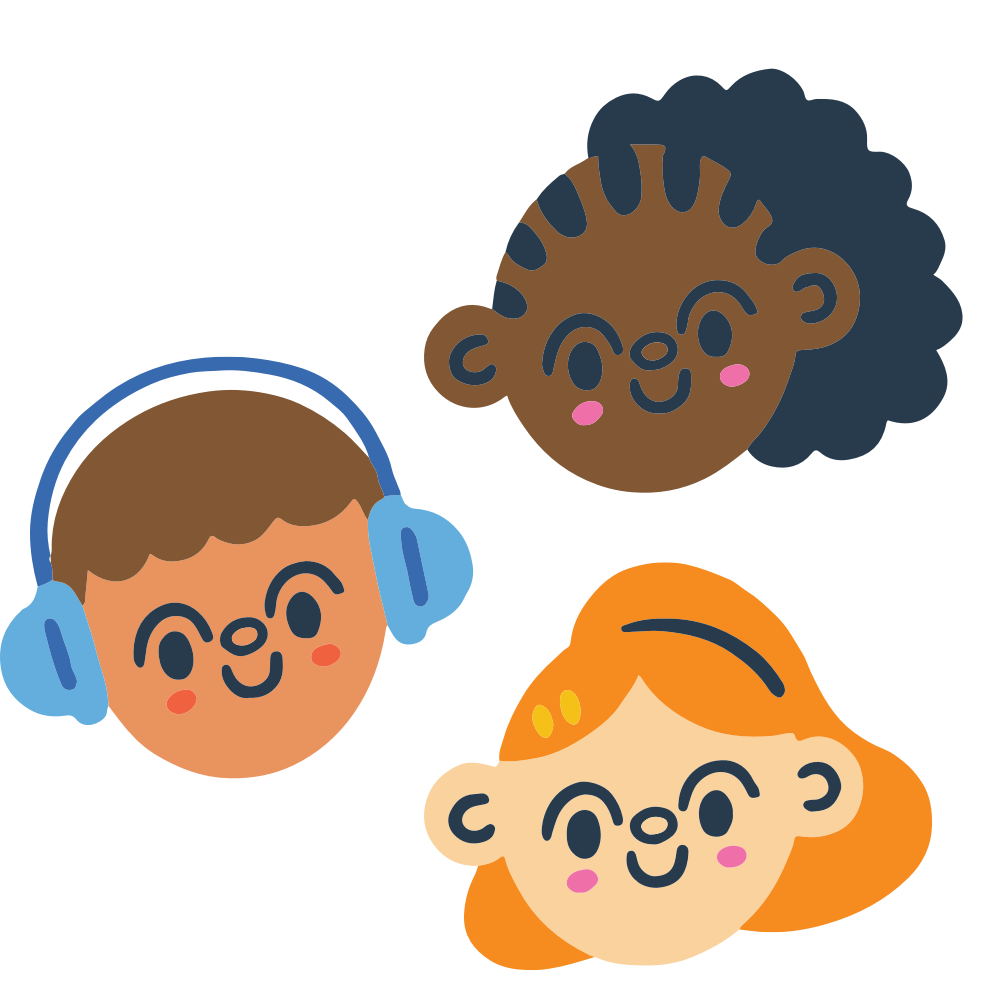
For Students
Discover a catalog of teen health guides packed with essential healthy living tools. Each health guide features topic overviews, self-assessment check-ins, red flag indicators, actionable resources, and more to help students take charge of their health and well-being.
-
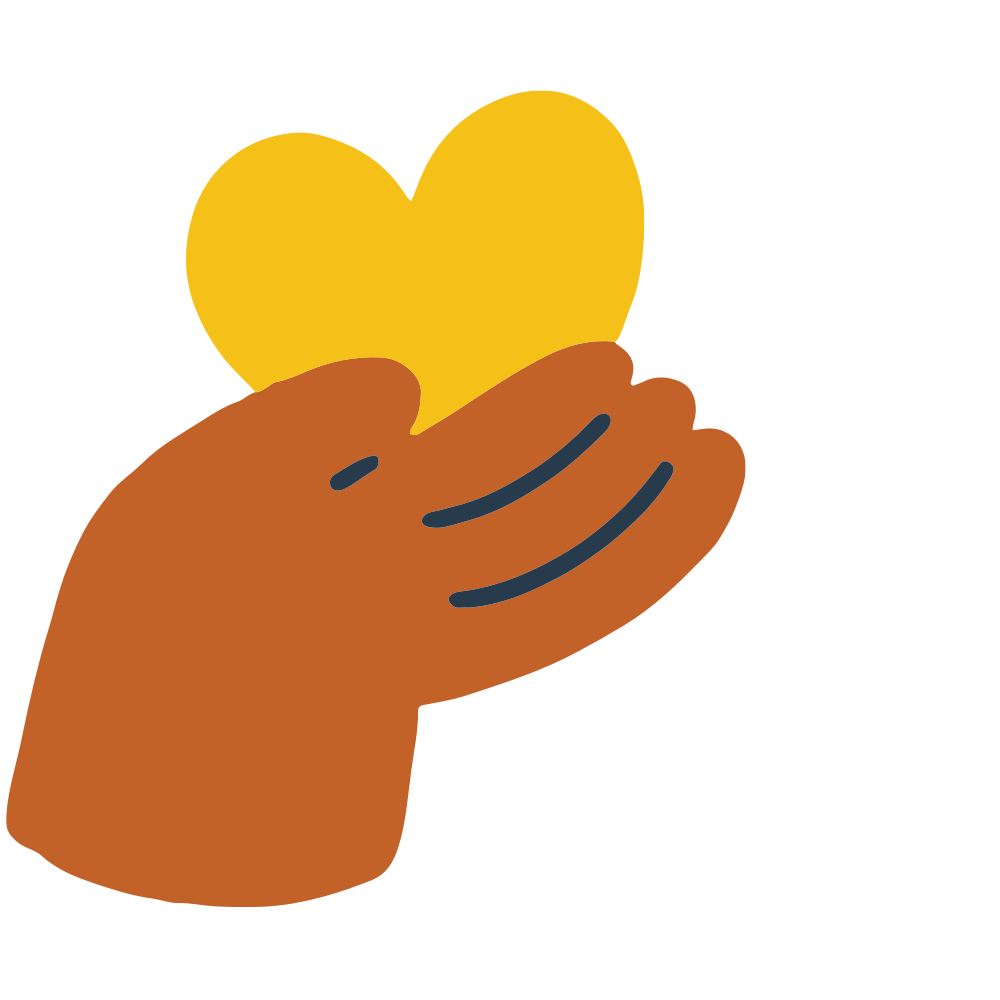
For Parents
The ultimate guide for parents to raise healthy kids, foster open communication, and become their child’s trusted go-to adult. Discover our parent health guides filled with conversation starters, topic overviews, curated resources, and practical tools to confidently support your child’s health and well-being.
how to Teach the SHAPE america Standards
Environmental Health Teaching Ideas Connected to SHAPE America Standards
Explore the health skills table below to discover teaching ideas that connect environmental health education to SHAPE America’s National Health Education Standards. By linking environmental health learning experiences to health skills like decision-making, self-management, and analyzing influences, you can create meaningful, skills-based learning experiences that help students develop environmental health awareness for themselves and others.
-
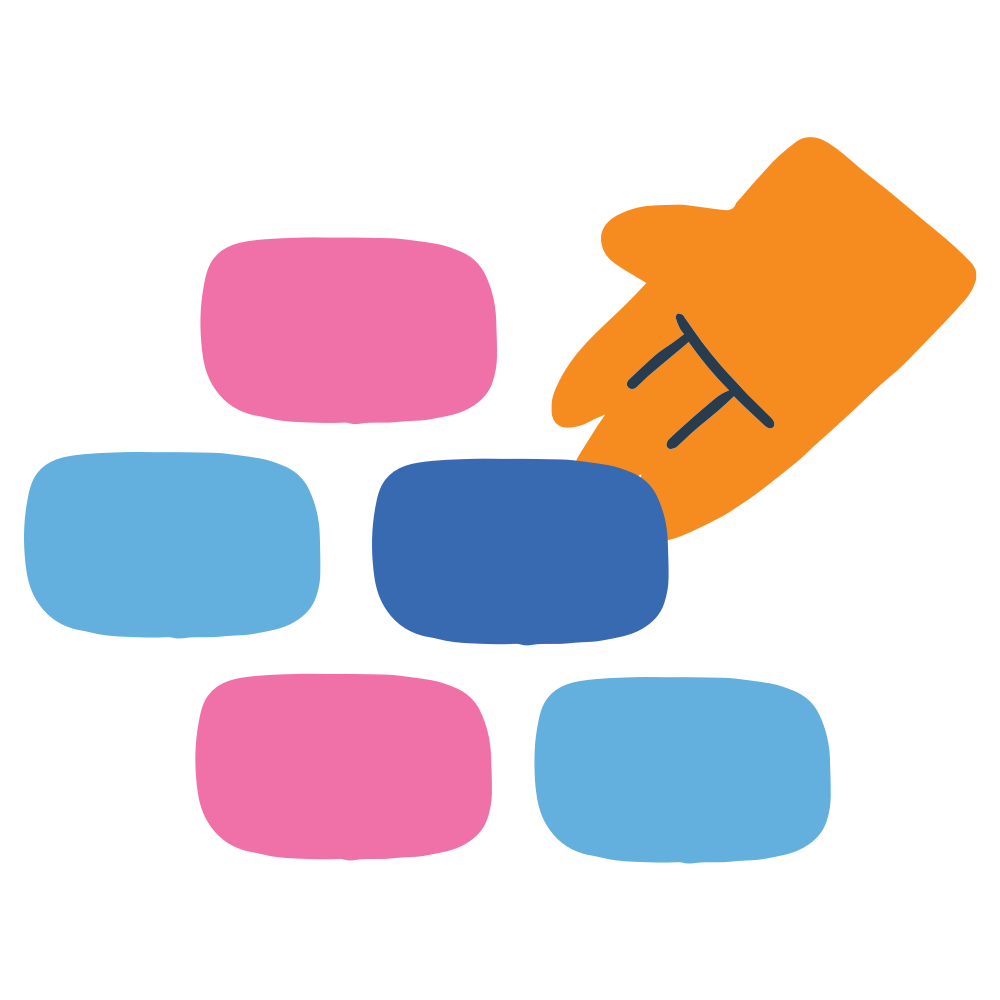
Building and Applying Functional Knowledge
SHAPE Health Standard #1
Learning and Using Health Knowledge
-

Analyzing Influences
SHAPE America Standard #2
See What Shapes Your Choices
-
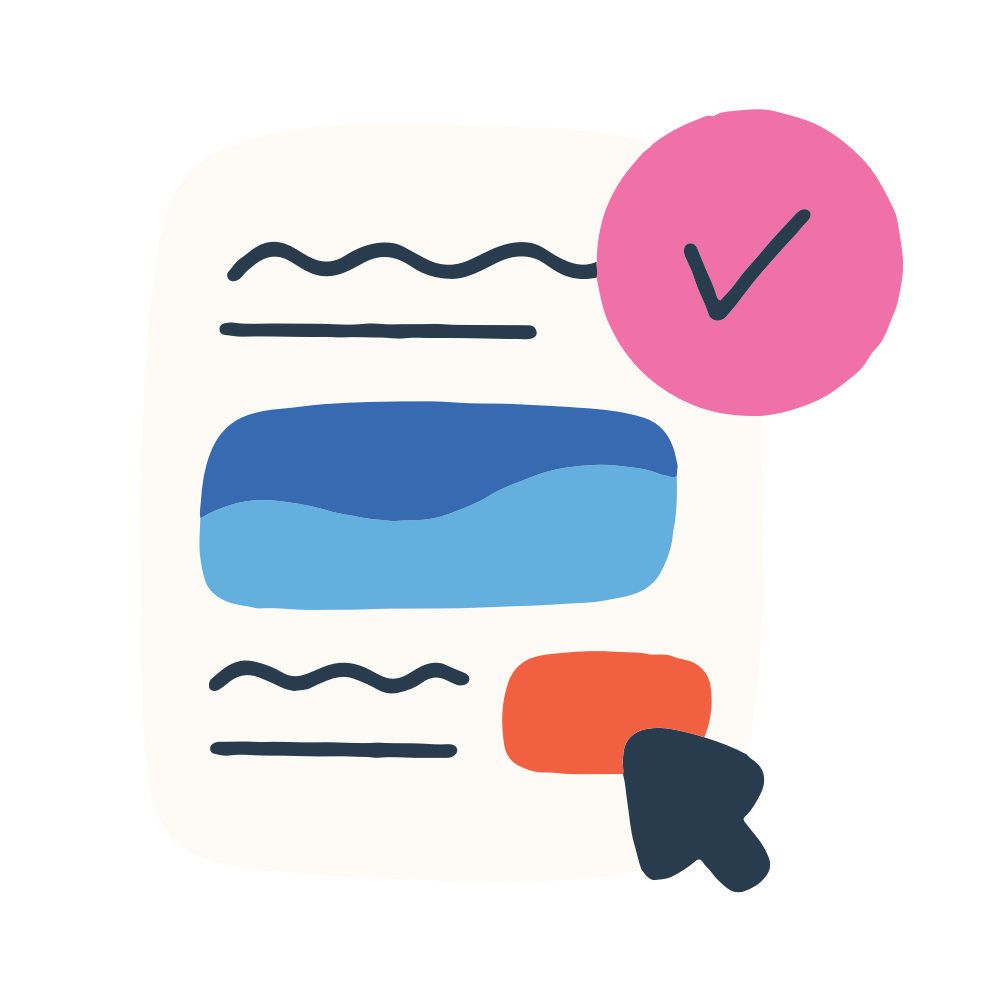
Accessing Resources
SHAPE America Standards #3
Find Good Health Info
-

Interpersonal Communication
SHAPE America Standards #4
Communicate Effectively
-

Decision Making
SHAPE America Standards #5
Make Enriching Health Choices
-

Goal Setting
SHAPE Standard #6
Set and Reach Health Goals
-

Practice Health Enhancing Behaviors
SHAPE Health Standard #7
Take Care of Your Well-being
-

Advocacy
Health Standard #8
Speak Up for Health
How Interpersonal Communication Skills Connect to Environmental Health:
The skill of interpersonal communication supports environmental health by giving students the tools to advocate for spaces that support their well-being. Whether it's asking for changes in a classroom, expressing how a space makes them feel, or co-creating shared norms, communication allows students to speak up for their needs and help shape environments that feel safe, inclusive, and supportive.
Interpersonal Communication Teaching Ideas: Environmental Health
Environmental Self-Advocacy Scripts
Practice speaking up about space-related needs (e.g., “It’s too loud for me to focus,” or “I need to sit somewhere I feel comfortable”).
Shared Space Agreement
Collaborate with classmates to set norms and expectations that support a positive, respectful environment.
Classroom Change Request Letters
Write a short, respectful letter requesting a change to improve the physical or emotional tone of a shared space.
How Building and Applying Functional Knowledge Connects to Environmental Health:
The skill of functional knowledge supports environmental health by helping students understand how different environments, home, school, nature, and community spaces, affect the way they feel, think, and act. It also introduces the concept of environmental responsibility and how students can care for their surroundings.
Building and Applying Functional Knowledge Teaching Ideas: Environmental Health
Space Reflection Map
Students reflect on how different environments (bedroom, classroom, lunchroom, etc.) make them feel, think, and act.Environment Sort
Classify spaces as “supportive” or “disruptive” to well-being and discuss why.Environmental Health Walkthrough
Tour the school or home and identify areas that promote or limit well-being.
How Analyzing Influences connects to Environmental Health:
The skill of analyzing influences supports environmental health by helping students examine how peers, family, media, and culture shape their relationship with their environments, both in how they care for and design them and how they interpret their impact.
Analyzing Influences Teaching Ideas: Environmental Health
Surroundings Influence Map
Students map how others (family, teachers, social media, etc.) influence their habits around spaces (organization, noise, digital space, nature time).Feel/Think/Act: Space Edition
Choose a space and reflect on how it impacts emotions, focus, and behavior.Cultural Influence Audit
Explore how cultural values shape the way people treat and use different spaces.
How Accessing Resources Connects to Environmental Health:
The skill of accessing resources supports environmental health by helping students identify trustworthy people, services, and tools that can help them improve or adapt the spaces they live in.
Accessing Resources Teaching Ideas: Environmental Health
Support System Map
Identify people or services (counselors, maintenance staff, teachers, parents) who help create healthy environments.Digital Resource Hunt
Find reliable websites or tools for creating healthier home, school, or digital spaces.Environment & Well-Being Scenario Match
Match different environmental challenges with the right support or solution (e.g., noisy classroom → noise-canceling headphones, messy locker → organization system).
How Decision-Making Connects to Environmental Health:
The skill of decision-making supports environmental health by helping students reflect on how their choices affect their surroundings and their personal wellness. It empowers them to take responsibility for how they use, maintain, and interact with different spaces.
Decision-Making Teaching Ideas: Environmental Health
WISE Environment Scenarios
Use WISE to work through decisions like whether to speak up about a disruptive classroom or to leave a messy space cleaner than they found it.Personal Space Reflection
Think through decisions made in their personal environment (e.g., phone use in bed, cluttered backpack) and how it impacts well-being.BEST Check-In – Space Impact
Use the BEST model to assess if an environment is supporting or harming overall wellness.
How Goal-Setting Connects to Environmental Health
The skill of goal setting supports environmental health by helping students identify and act on ways to improve the spaces they’re part of. Whether it's organizing a locker, improving their digital habits, or spending more time in calming spaces, goal setting creates structure for intentional change.
Goal Setting Teaching Ideas: Environmental Health:
GROW an Environment Goal
Use the GROW model to set a goal related to physical, social, or digital space improvement.Habit-Building Tracker
Track a goal like tidying their space daily, limiting noise exposure, or spending 10 minutes in nature each day.Surroundings Check-In Partner Activity
Work with a partner to share one environment-related goal and reflect on progress together.
How Self-Management Connect to Environmental Health
The goal of self-management supports environmental health by helping students develop habits that create and maintain environments that support their well-being. It also helps them regulate their reactions to difficult or disruptive environments.
Self-Management Teaching Ideas: Environmental Health
Space + Mood Tracker
Track how different environments affect mood and energy levels over a week.Reset Ritual Planner
Design a simple daily routine to reset their physical or emotional environment (e.g., clean-up time, background music, movement break).“How I Show Up in My Space” Reflection
Journal about how their behavior contributes to the vibe or tone of different environments.
How Advocacy Connects to Environmental Health?
Advocacy supports environmental health by empowering students to speak up about changes they’d like to see in their school, home, or community environments. It teaches them how to advocate for safer, healthier, and more inclusive spaces for themselves and others.
Advocacy Teaching Ideas: Environmental Health
Self-Advocacy Scripts
Practice asking for changes in environments that impact well-being (e.g., “Can I move to a quieter area?”).School Space Case Study
Evaluate a part of the school (cafeteria, hallway, playground) and create an improvement proposal.Community Environment Campaign
Design a small-scale advocacy project to improve a community space—posters, presentations, or interviews.
emotional and mental Health Education VIDEOS
Youtube
Explore how emotions, socio-emotional learning, and mental health influences a person’s overall well-being with Project School Wellness’s Mental Health videos.
Popular environmental Health Videos

Done-For-You
Lesson Plans
Environmental Health Lesson Plans
Help students understand their emotions, build coping skills, and strengthen mental and emotional self-awareness.
-
Middle School Environmental Health Lesson Plans
Level One: Environmental Health
Lesson #1: Environmental Health: My Surroundings
Lesson #2: My Environment and Its Impact
Lesson #3: Design Your Ideal Classroom
Level Two: Living Eco-Friendly
Lesson #1: Your Environment and Your Well-Being
Lesson #2: Environmental Consciousness
Lesson #3: Living an Eco-Friendly Life
Level Three: Environmental Health Advocacy
Lesson #1: Assessing Environmental Health
Lesson #2: Is School Impacting Environmental Health?
Lesson #3: Creating a School-Wide Environmental Health Campaign

Curated environmental Health education Resources
Environmental Health Teaching Resources
-
Middle School Unit
-
Coming Soon
-
Coming Soon!
-
Coming soon!
Meet Project School Wellness
Your Go-To Partner in Health Education!
At Project School Wellness, we are dedicated to making health education simple, effective, and life-changing.
As your one-stop health education hub, we offer ready-to-use curriculum and resources for teachers, expert guidance for parents navigating tough topics, and trusted insights for students building lifelong health skills. Whether you’re in the classroom, at home, or learning on your own, we’re here to help you build the knowledge, skills, and confidence needed to live their healthiest, happiest lives.
